By Kartik Chandramouli
A bright-yellow chicken zipped over our heads whereas we stood on the fringe of a discipline nestled in a forest. “Aa aamtiki che. (That is an oriole),” stated Pratik, pointing to the black-hooded oriole that disappeared into the thick cover of the Purna Wildlife Sanctuary in south Gujarat’s Dang district. After a couple of moments of birding motion after which the shortage of it, when the group was considering to maneuver to the subsequent spot, a shaheen falcon swooped into the scene and perched atop a barren tree. The 16-year-old struggled to remember the Dangi identify of the world’s quickest flying chicken (only when diving), however finally remarked, “Sasin!”
Pratik and his two mates, who got here birdwatching for the primary time, added that they don’t see the chicken typically of their space. The trio, who had been from a faculty close to Purna Wildlife Sanctuary (PWS), had been a part of a combined flock of 12 birdwatchers, together with first-timers, newbies, consultants, forest guards and volunteers, on a nature path through the Dang Fowl Competition 2020 organised and funded by the forest division.
Eight such groups set out earlier than the break of day on eight earmarked trails within the 160.84 sq. kilometer sanctuary daily between 7 and 9 February. The individuals, most of them from Gujarat, Chhattisgarh and Maharashtra, had the target of watching birds and listening to them, figuring out the species and noting observations on this lesser-known forest habitat roughly 130 kilometers from Surat.
Above photograph: Pratik and his college good friend from a faculty close to Purna Wildlife Sanctuary in Dang participated within the Dang Fowl Competition 2020. Picture by way of Mongabay-India/ Kartik Chandrmouli
Pratik’s crew, labelled because the Coronary heart-Noticed Woodpecker, noticed birds such because the crested serpent eagle, black-rumped flameback (woodpecker), white-cheeked barbet on the Breeding Middle path marked with teak, bamboo and combined forests. A flock of 4 male black-hooded orioles on the tree cover and a racket-tailed drongo livening the forest flooring with its metallic calls had been extra among the many group’s 70 observations. The facilitator of the occasion, Pranav Trivedi, wished the behavior of carefully observing birds take root in individuals, and never simply the method of constructing species checklists.
“I name it an consciousness and academic occasion first, after which a citizen science exercise,” stated Trivedi, an ecologist and nature educator. “Aside from the information, it’s essential to unfold the passion first and appeal to the fence-sitters. However most significantly, it’s for consciousness among the many native college students.”
Two teams had been led by the youth from the native tribal neighborhood who’ve been educated over time in pure historical past and hospitality by means of the forest division. “A lot of the native youth is aware of the Dangi chicken names and would have seen them in some unspecified time in the future,” stated Agneeshwar Vyas, Deputy Conservator of Forest, Dang (North) Division. “However looking with catapults is a matter on this panorama. So, the expertise and information sharing between the children from this space and outsiders can generate consciousness and spark new pursuits.”
Through the day by day night gathering classes on the base, Mahal Eco-Campsite on the banks of river Purna inside PWS, individuals starting from teenagers to fifty-year-olds shared their day’s experiences whereas consultants spoke about birdwatching, its ethics and the avian biodiversity of Dang. However the birdwatchers’ afterparty was video games resembling naming Dang particular raptors (birds of prey), frugivorous and insectivorous birds and imitating chicken calls.
On this photograph: Agneeshwar Vyas, Deputy Conservator of Forest, Dang (North) Division, addressing individuals through the Dang Fowl Competition organised by the forest division. Picture by way of Mongabay-India/ Kartik Chandramouli
The three-day train recorded 113 species of birds belonging to 45 households. A 2004 study in PWS which Trivedi was additionally part of, performed by the Gujarat Ecological Schooling and Analysis (GEER) Basis and Gujarat Forest Division, recorded 139 species from 41 households. Dang forests type the northern finish of the Western Ghats, a biodiversity hotspot. Among the many Western Ghats endemic species, sightings of Malabar trogon, Malabar whistling thrush and white-bellied woodpecker had been most noteworthy stated the organisers. Different necessary observations included 9 species of flycatchers (resident and migrant) resembling ultramarine flycatcher and Tickell’s blue flycatcher and 7 species every of woodpeckers and raptors. “We didn’t see the black eagle which is mostly sighted right here and there was no signal of the long-billed vultures too,” stated Trivedi, who has labored within the Dang area since 1987. However he added that additional information evaluation is required to indicate chicken species tendencies.
In response to Trivedi and Vyas, this fifth version of the occasion will assist them optimise and standardise the information gathering course of. The open-access report, as soon as prepared, will likely be despatched to all individuals and submitted to the forest division.
A Shaheen falcon in Purna Wildlife Sanctuary. The three-day Dang Fowl Competition recorded 113 species of birds belonging to 45 households. Picture by way of Mongabay-India/ Kartik Chandramouli
The Dang forest habitat and its medicinal crops
The Dang district that lies on the border of Gujarat and Maharashtra has one of many largest extant and dense forests within the state. Round 7.5 % of Gujarat’s 1,96,244 sq. kilometre geographical space is roofed with forests whereas the 1,766 sq. kilometer Dang district has a forest cowl of over 77 %.
The very dense and reasonably dense forests of the area, make it a singular panorama as in comparison with Gujarat’s mangroves, grasslands and scrubland ecosystems. “In the event you consider Gujarat, the Gir forest or Kutch involves your thoughts, not the Dang forests,” remarked Vyas.
“We get the Malabar whistling thrush, Malabar trogon – that is the higher distribution limits of those Western Ghats birds. That is additionally the northernmost restrict for the bonnet macaque and one of many few locations it shares with the rhesus macaques,” he added.
Passing by means of the hilly terrain of the PWS in north Dang that contains dry and moist deciduous forests, one can see the habitat fragmented with the dominating teak tree plantations and bamboo monocultures.
Dang is a tribal district in south Gujarat with a inhabitants of round 2.three lakhs. The area varieties the northern finish of the Western Ghats and has a number of the densest forests within the state. Picture by way of Mongabay-India
95 % of the inhabitants in Dang belonging to the scheduled tribe communities. The individuals have a heavy dependence on the forests for his or her day by day lives and cultural practices. Picture by way of Mongabay-India/ Kartik Chandramouli
On one other birding path on the Preservation Plot, individuals meandered by means of previous and big bushes – it took 5 individuals to encompass and hug a Kalam (Mitragyna parvifolia) tree. A number of the different widespread bushes of the forests shading the path had been sadad (Terminalia crenulata) and dudhkadi (Wrightia tinctoria).
Again on the Breeding Middle path that leads in direction of a captive breeding middle for the noticed deer, the forest rangers cease amidst a patch of bamboo forests that’s minimize by a dry stream mattress. They level out the spot the place their digicam traps have captured clips of leopards, hyenas and porcupines.
Different mammals such because the tiger, wild canine, sloth bear, smooth-coated otter and the Indian big squirrel are believed to have confronted local extinction within the panorama attributable to looking and lack of habitat. Excessive looking strain, habitat fragmentation, land-use change, cultivation, overgrazing, hydrological adjustments to the rivers round proceed to threaten the biodiversity of the area.
Dang is a tribal district with 95 % of its 2.three lakh inhabitants belonging to the Scheduled Tribal communities. The Bhils, Kunbis and Varlis are the outstanding communities of the area. All of the tribal communities have a excessive dependency on the forests for produce resembling firewood, bamboo, greens, fruits and tubers. However one of many richest sources of those forests is its medicinal plant variety.
Above photograph: Barks and roots of medicinal bushes and crops collected by a bhagat (native healer). Picture by way of Mongabay-India/ Kartik Chandramouli
Deepak Acharya, co-founder of Abhumka Natural, makes natural medicines based mostly on tribal information from central and western India and shares the revenue with the tribal neighborhood. He has been documenting the medicinal crops and practices of the bhagats (native healers) from Dangs for over 20 years. His intention is to digitize the documentation. “If a bhagat dies, the standard information disappears,” he stated. “If we doc, examine and validate their practices, fashionable drugs can use them too.”
Lalubhai Wadhwi, 55, a bhagat from Sawardakasad village was educated by his father. Villagers and a few individuals from cities in Gujarat and Maharashtra, arrive at his doorstep to get cured of points resembling pores and skin illnesses, swellings, joint ache, fractures and diabetes. “Now the subsequent era doesn’t wish to study the custom. And the worst is that it’s laborious to seek out many medicinal crops.”
Minoo Parabia, former head of the bioscience division at Veer Narmad South Gujarat College (VNSGU) and medicinal plant professional, hyperlinks the diminishing development of Dang’s medicinal crops to overexploitation by locals and pharmaceutical corporations and tree girdling. Biopiracy might additionally pose a risk to Dang’s plant biodiversity and the bhagats he provides.
Just a few kilometers from his home, Lalubhai takes us to indicate the ragat rohida (Tecomella undulata) tree that’s now a rarity within the Dang forests. He says the bark of the tree is used to heal accidents and fractures. After scanning the thick vegetation on the facet of a street, he spots the tree and exclaims that overharvesting of the bark and greed have made the tree disappear.
He chips off a small piece of the trunk with a stone as an alternative of a knife, to indicate the reddish-white inside the bark that’s utilised in medicines. Lalubhai then retains again the stone on the very same spot it was picked from and says that that is the best way his father would have left the forest flooring in its authentic state.
On this picture: Lalubhai Wadhwi, an area healer, holds a ragat rohida (Tecomella undulata) tree that has declined in numbers. Picture by way of Mongabay-India/ Kartik Chandramouli
Dang’s fascinating forest owlet
One other facet to place the highlight on Dang forest, is the presence of the forest owlets (Heteroglaux blewitti), an endangered chicken endemic to India with a inhabitants vary between 250 to 999. It was regarded as extinct for over 100 years till its rediscovery in 1997 in Khandesh, Maharashtra.
The fragmented inhabitants of this diurnal (energetic through the day) owlet has been reported from the dry deciduous forests of central India, in Madhya Pradesh and Maharashtra. In 2014, the forest owlet was noticed for the first time in Gujarat in Dang’s PWS. A subsequent study discovered 84 people within the protected and non-protected areas of Dang claiming that it might be the second largest inhabitants of the chicken after Melghat, Madhya Pradesh.
“It is vitally unusual that the chicken is endemic to central India and located solely in pockets,” stated Shomita Mukherjee, Principal Scientist at Sálim Ali Centre for Ornithology and Pure Historical past. “As a result of the landscapes the place they’re discovered are usually not so distinctive. You discover these habitats elsewhere in India too. So, what limits the birds to those areas?”
The endangered forest owlet is endemic to India. It was noticed in Purna Wildlife Sanctuary in north Dang for the primary time in 2014. Picture by way of Mongabay-India/ Wikimedia Commons
One of many institute’s ongoing tasks is to develop a conservation motion plan for the forest owlet. “So, one among our predominant aims is to go to areas such because the Dang forests and learn the way a lot of the world is occupied by the chicken and try to determine the components that decide their presence,” she stated.
Pankaj Koparde, an assistant professor on the MIT World Peace College who has studied the forest owlet earlier, stated, “It’s noticed that the chicken occupies areas on the fringe of a forest and agricultural landscapes. So, they’ll be weak to cultivation growth and land-use change.” He added that in areas resembling Dang, looking might nonetheless be a problem regardless of the chicken falling below Schedule 1 species of Wildlife Safety Act.
Whereas the Dang Fowl Competition didn’t document any forest owlets this 12 months, it didn’t dampen any spirits.
Irshad Theba from GEER Basis, an professional birdwatcher and a volunteer on the occasion, stated, “Birdwatchers and researchers will come and go to this distant location. It’s the area people that’ll proceed to remain. Sensitising and empowering them in direction of defending nature will likely be good for this ecosystem.”
Sanjana, a scholar from the area people, satisfied the organisers to permit her to attend the occasion for the second time. She expressed that the spotlight of the occasion was to study the English names of her homeland’s birds. “It’s shocking to see individuals come from far to see birds and examine about them. I’ll inform my individuals about this,” she stated.
A path inside Dang forests that belongs to the dry and blend deciduous forests kind largely dominated by teak forests. Picture by way of Mongabay-India/ Kartik Chandramouli
***
Banner picture: Contributors on a path inside Purna Wildlife Sanctuary through the Dang Fowl Competition 2020. Picture by way of Mongabay-India/ Kartik Chandramouli
This text was initially revealed on Mongabay.com. Mongabay-India is an environmental science and conservation information service. This text has been republished below the Inventive Commons licence.
https://globalnewshut.com/a-bird-festival-in-gujarats-dang-forests-raises-awareness-about-biodiversity-in-western-ghats/
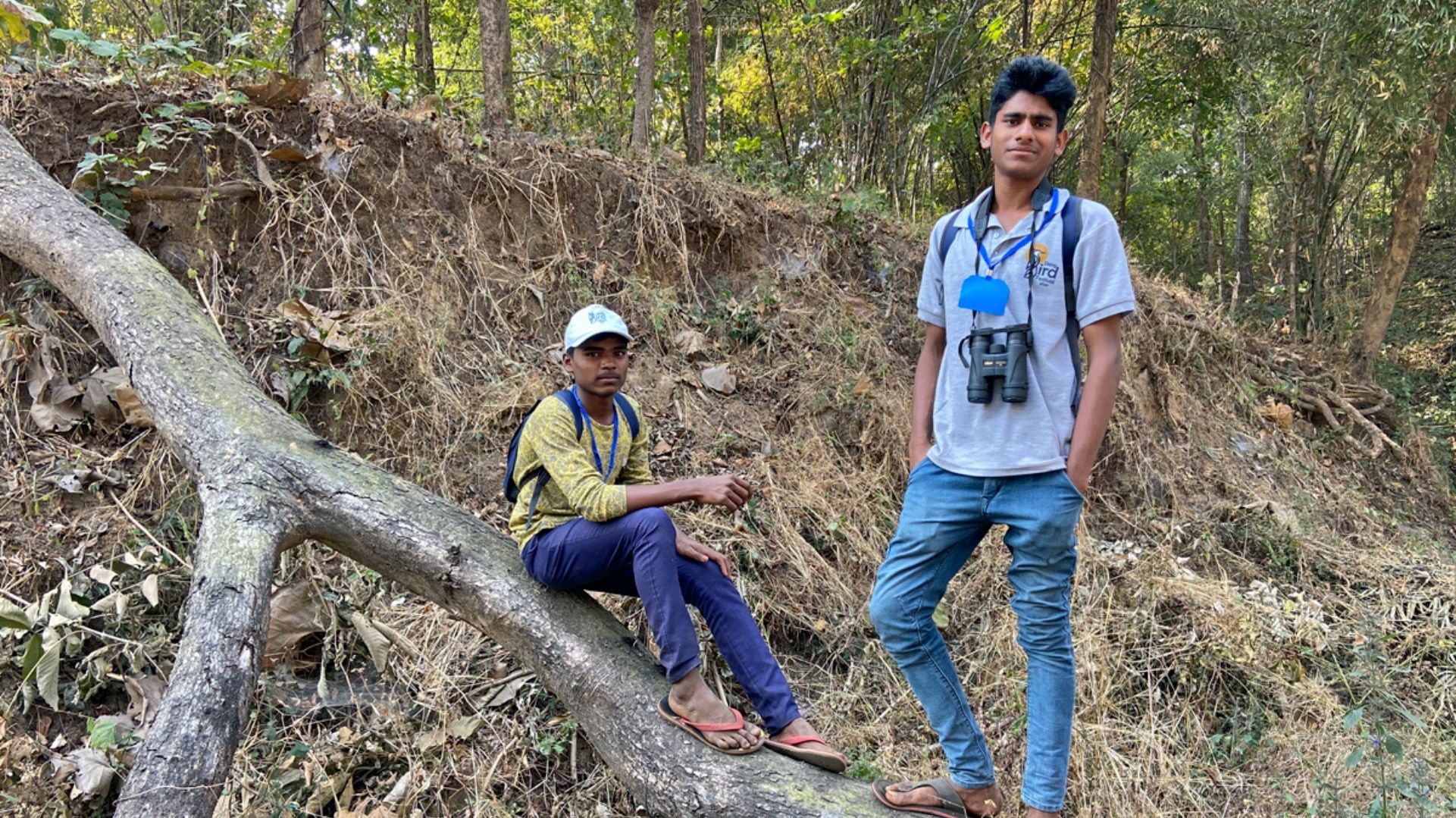
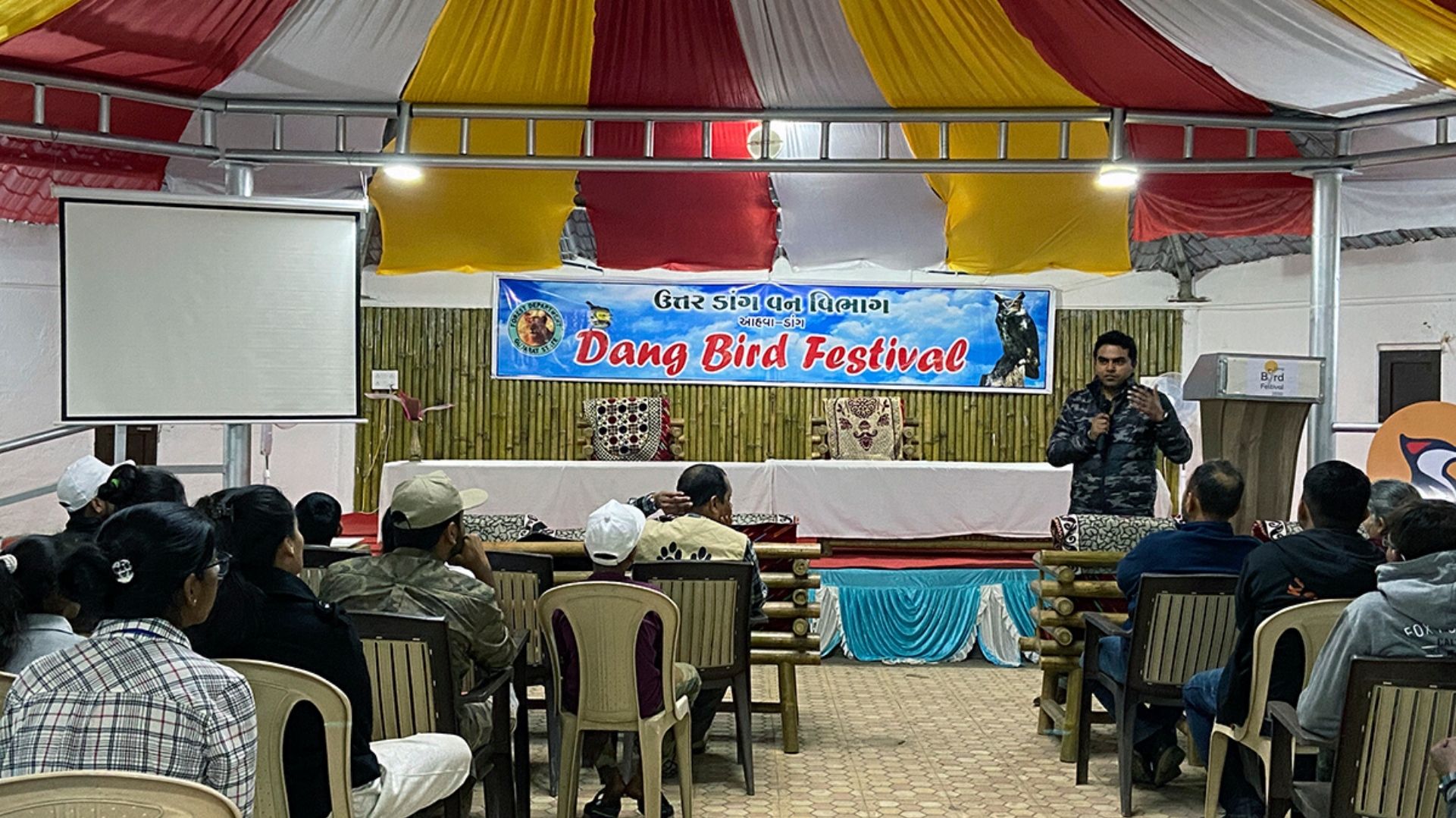
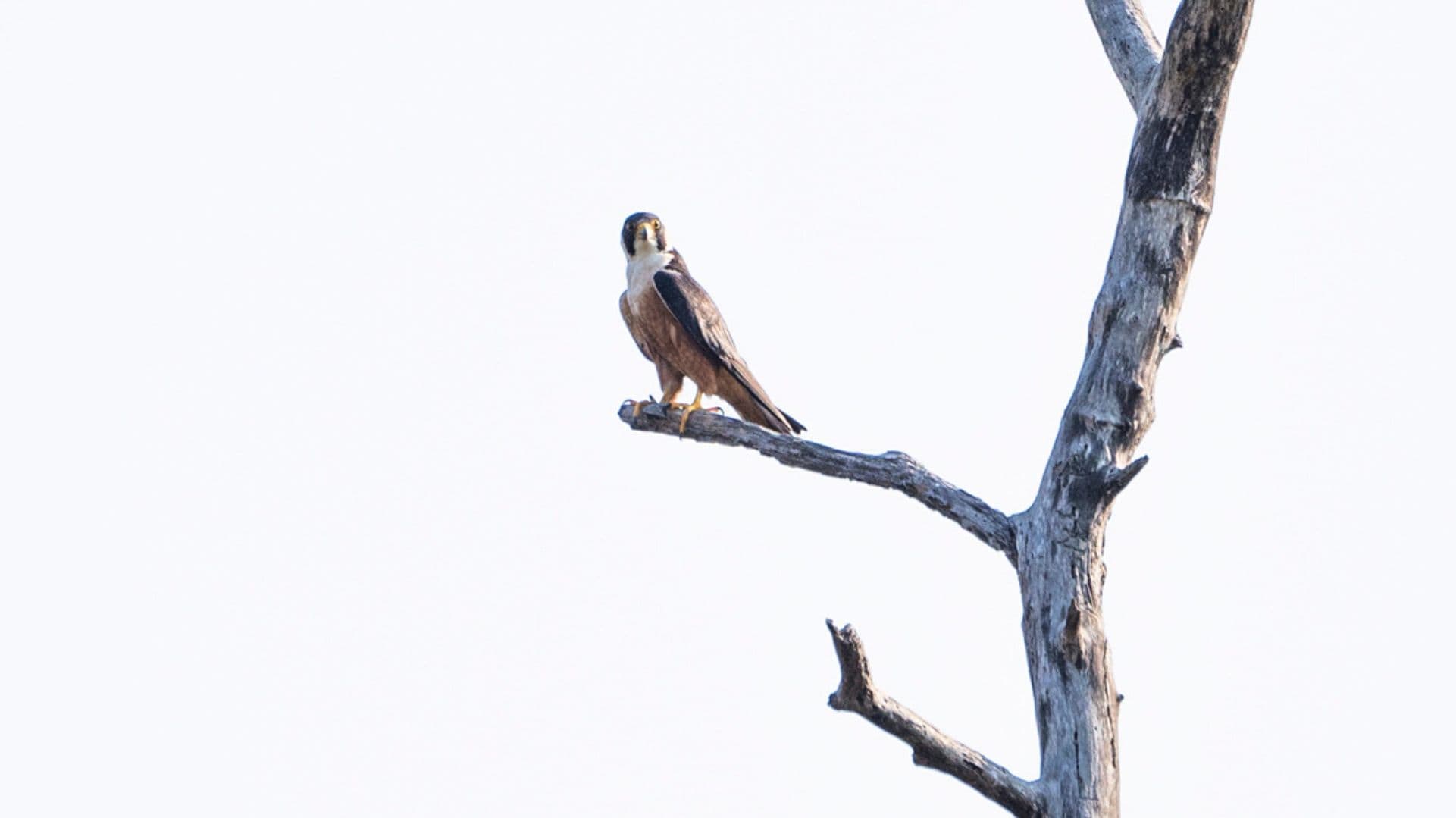

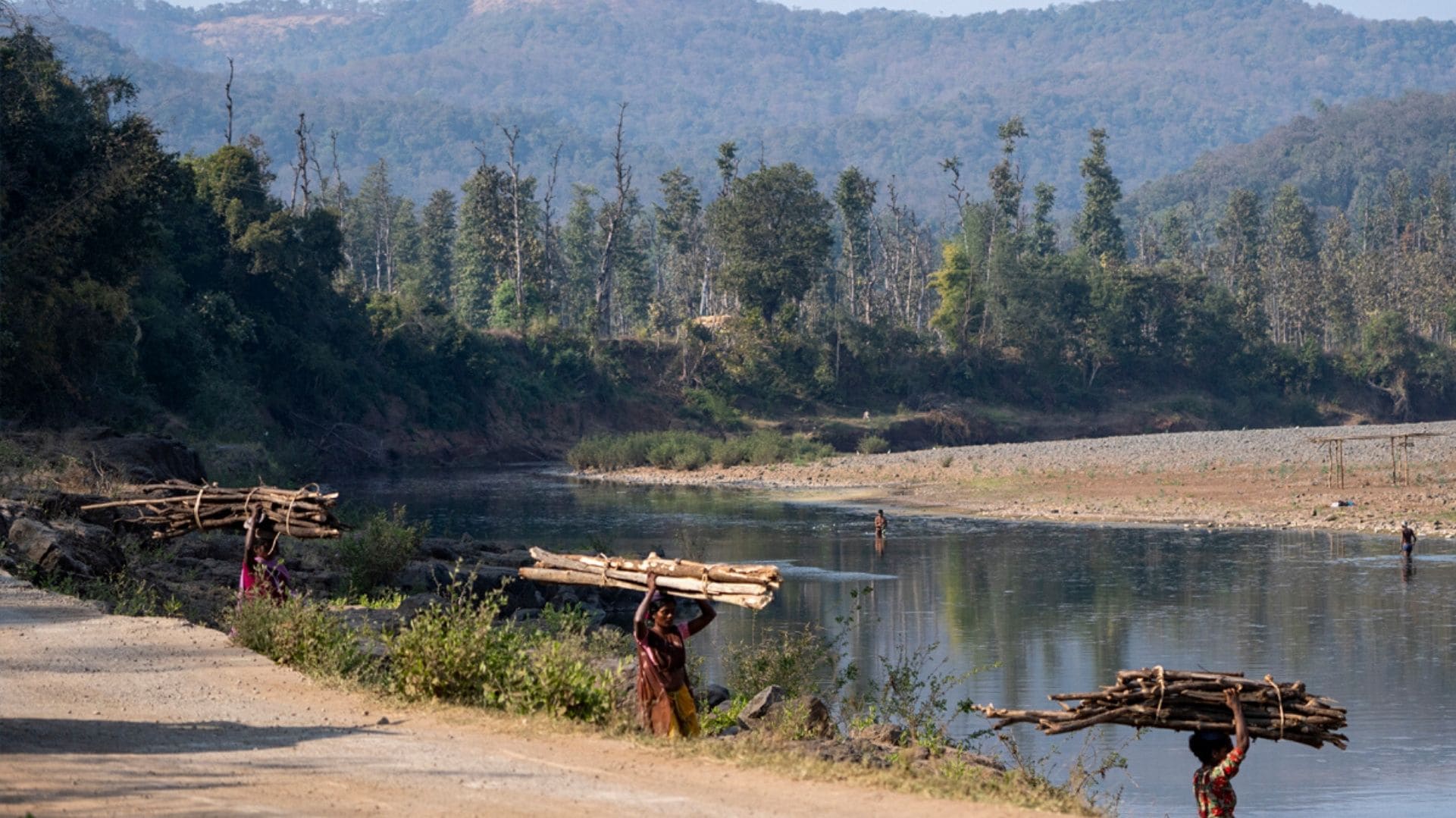
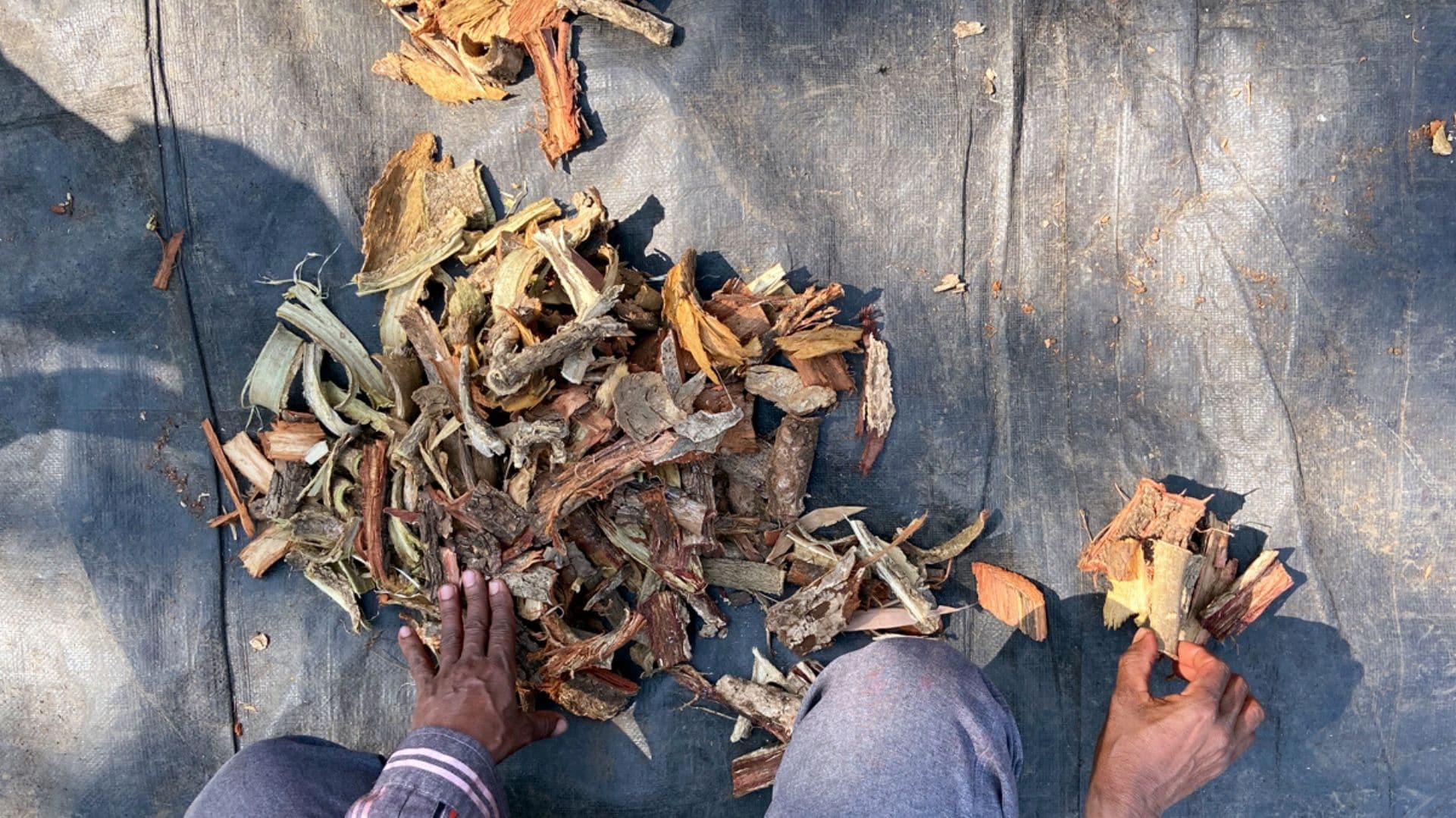
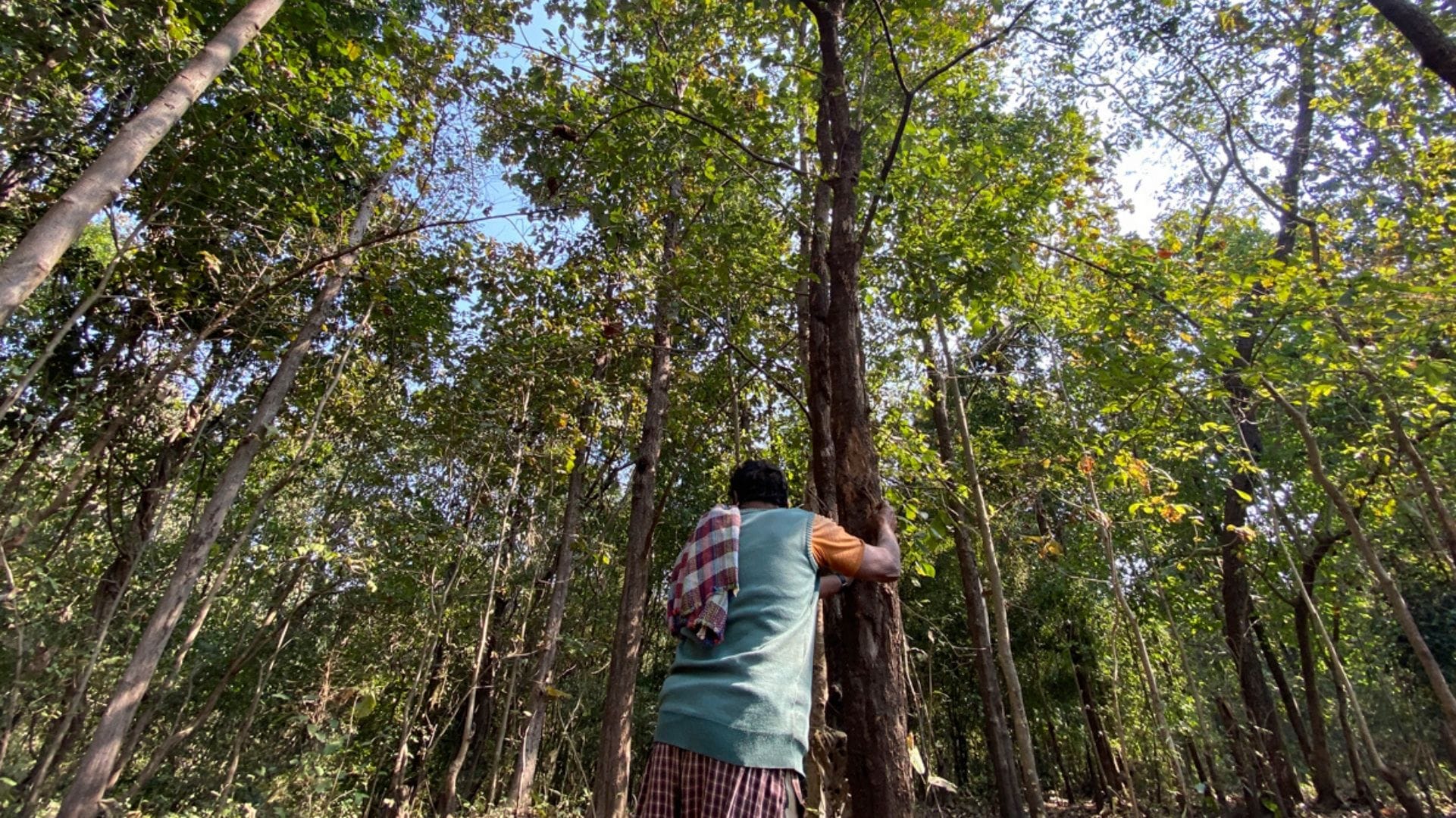
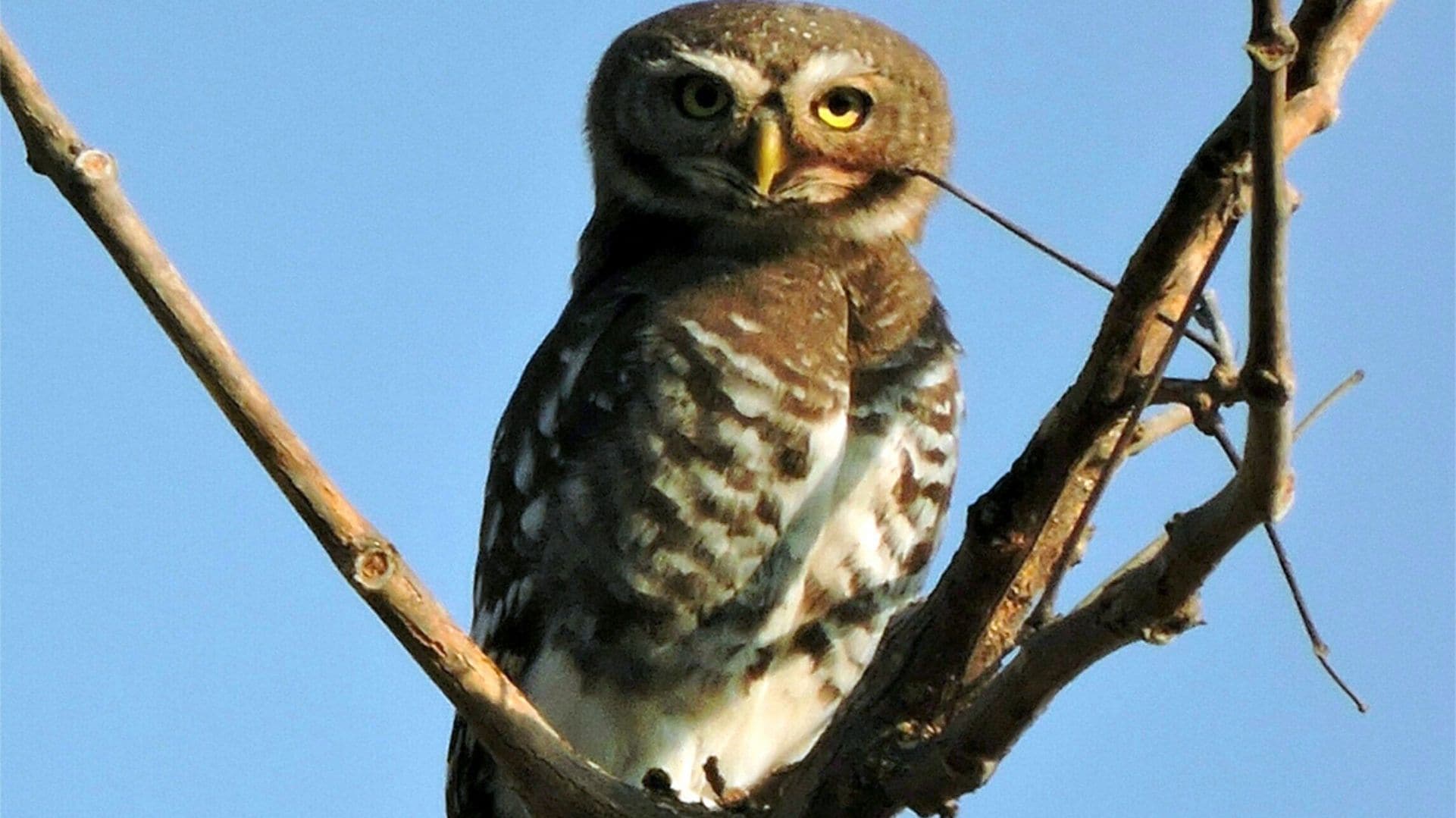

No comments:
Post a Comment